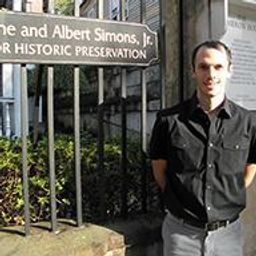Explorations in the Preservation of Coal Mining Heritage Areas I
My Session Status
During the Industrial Revolution coal was the most important energy source for both homes and industries. At the time, coal mining created strong regional industrial identities and mentalities, as well as industrial images and imaginaries in the eyes and minds of external observers. Such identities and ideas of coal would go on to shape industrial landscapes and communities.
The papers presented in this session investigate the social and economic changes that were triggered by transformations within the energy market and de-industrialization processes from international and comparative perspectives. Against this background the session will discuss strategies and concepts of (re)-valuation in former mining areas. The industrial heritage will be reconsidered in a broader sense, i.e. in the context of the specific post-industrial landscape and new cultural tourism.
Elementy podrzędne
Coal mining had a splendid past in Spain and Europe, it has been fundamental in its economy and industrial development. The mining communities still keep the memory of the work and the place in their ways of life, with contradictory visions about the industrial heritage, a testimony of their historical past. On October 24, 2018, the "Framework agreement for a just transition of the coal mining industry and sustainable development of the mining regions 2019-2027" was signed by the Spanish gov...
Taiwan was once an important place for the gold mining and coal mining. Ruifang District in New Taipei City was one of the most important mining regions in Taiwan. Houtong region was the most productive site for the coal mining after the Second World War in Taiwan. Although the coal mining industry had been stopped in 1990, the mining landscapes over one hundred year still survive in this area, almost completely. The integrity and authenticity of the industrial landscape constitutes Houtong...
This paper presents insights into how negotiations of colonial past influences present understandings of the value of preserving and presenting coal mining and other industrial facilities as part of the Greenlandic cultural heritage. The coal mine at Qullissat on Disko Island was in use from 1924 until 1972, when Danish authorities shut down production and closed the entire settlement – moving workers, families and even the local church to the mainland. At its peak Qullissat h...






